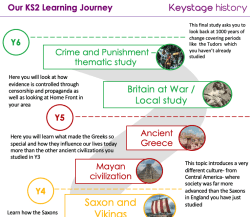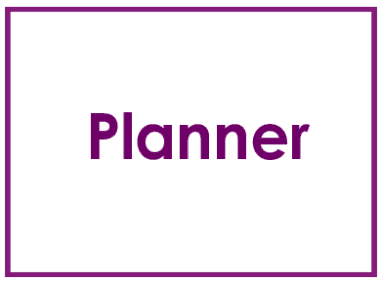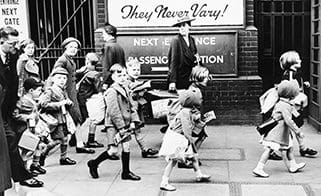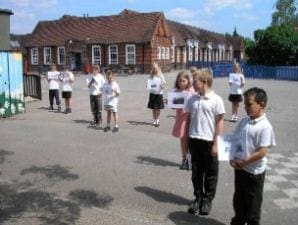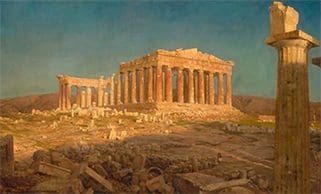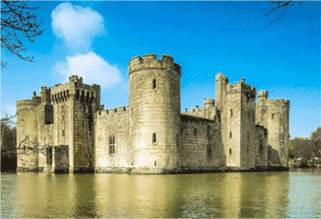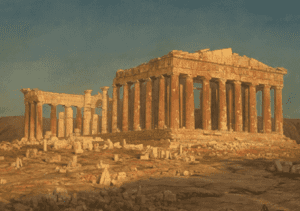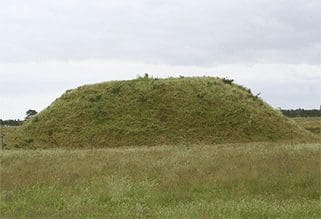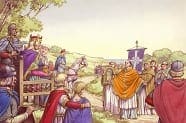
A series of smart tasks, rather than a full outstanding lesson.
The first part of this two part session looks at how it happened, the second at how we know. The early part asks pupils to grasp the narrative of events within a timeline from Roman times to the start of the 8th century which they consolidate by sequencing events. They then consider the speed and extent of the change to Christianity. In the second part, pupils work collaboratively to interrogate a range of sources to see which ones historians use to substantiate the statements they make. Great ideas for differentiation ensure that there is just the right amount of challenge and support for individuals to make good progress with their learning.
How did people’s lives change when Christianity came to Britain and how can we be sure? Anglo-Saxons KQ3
Augustine facing King Ethelbert and his Queen, Bertha ©Look and Learn

